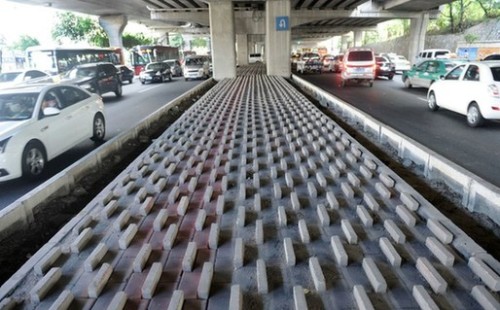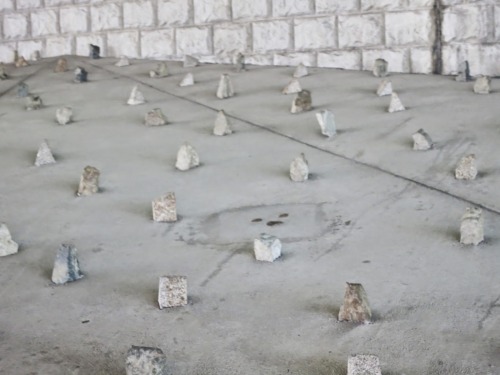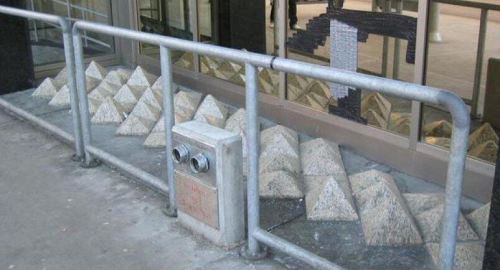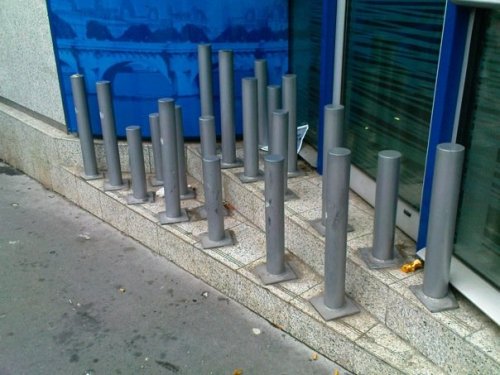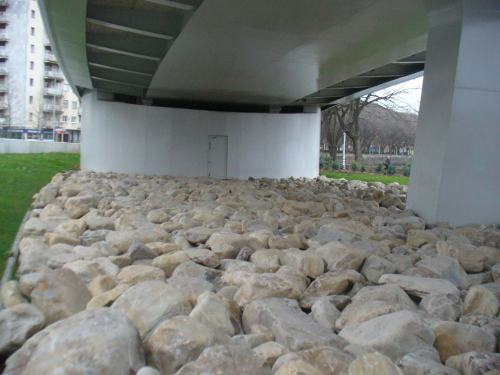thinksquad:Secret city design tricks manipulate your behaviourhttp://www.bbc.com/future/story/201312
thinksquad:Secret city design tricks manipulate your behaviourhttp://www.bbc.com/future/story/20131202-dirty-tricks-of-city-designWhen Selena Savic walks down a city street, she sees it differently to most people. Whereas other designers might admire the architecture, Savic sees a host of hidden tricks intended to manipulate our behaviour and choices without us realising – from benches that are deliberately uncomfortable to sculptures that keep certain citizens away.Modern cities are rife with these “unpleasant designs”, says Savic, a PhD student at the Ecole Polytechnique Federerale de Lausanne in Switzerland, who co-authored a book on the subject this year. Once you know these secret tricks are there, it will transform how you see your surroundings. “We call this a silent agent,” says Savic. “These designs are hidden, or not apparent to people they don’t target.” Are you aware of how your city is manipulating you?In 1999, the UK opened a Design Against Crime research centre, and authorities in Australia and the US have since followed suit. Many of the interventions these groups pioneered are familiar today: such as boundary marks painted around cashpoints to instil an implied privacy zone and prevent “shoulder surfing”.San Francisco, the birthplace of street skateboarding, was also the first city to design solutions such as “pig’s ears” – metal flanges added to the corner edges of pavements and low walls to deter skateboarders. These periodic bumps along the edge create a barrier that would send a skateboarder tumbling if they tried to jump and slide along.Indeed, one of the main criticisms of such design is that it aims to exclude already marginalised populations such as youths or the homeless. Unpleasant design, Savic says, “is there to make things pleasant, but for a very particular audience. So in the general case, it’s pleasant for families, but not pleasant for junkies.”Preventing rough sleeping is a recurring theme. Any space that someone might lie down in, or even sit too long, is likely to see spikes, railings, stones or bollards added. In the Canadian city of Calgary, authorities covered the ground beneath the Louise Bridge with thousands of bowling ball-sized rocks. This unusual landscaping feature wasn’t for the aesthetic benefit of pedestrians walking along the nearby path, but part of a plan to displace the homeless population that took shelter under the bridge.So next time you’re walking down the street, take a closer look at that bench or bus shelter. It may be trying to change the way you behave. -- source link
Tumblr Blog : thinksquad-deactivated20190405.tumblr.com

